Table of content
Oyster mushrooms, with their delicate, fan-shaped caps and mild, almost seafood-like flavor, have become a staple in kitchens worldwide. Whether tossed into stir-fries, roasted to crispy perfection, or simmered in soups, their versatility shines. Yet, one question often divides home cooks and professional chefs alike: Should oyster mushrooms be blanched before stir-frying? This article delves into the science, culinary traditions, and practical considerations surrounding this debate, offering a comprehensive guide to achieving perfect stir-fried oyster mushrooms every time.
Understanding Oyster Mushrooms: Texture and Flavor
Before addressing the blanching question, it’s essential to grasp the unique qualities of oyster mushrooms. Unlike button mushrooms, which have a dense, meaty texture, oyster mushrooms are thinner and more tender. Their high water content (up to 90%) makes them prone to shrinking during cooking, while their porous structure absorbs flavors readily. These traits influence how they behave when exposed to heat—whether blanched or stir-fried directly.
The flavor profile of oyster mushrooms is subtle, with earthy, umami-rich notes that pair well with bold seasonings like garlic, ginger, soy sauce, and chili. Their ability to caramelize when cooked at high temperatures adds depth to dishes, but overcooking can render them rubbery or soggy. Balancing texture and flavor retention is key to mastering their preparation.
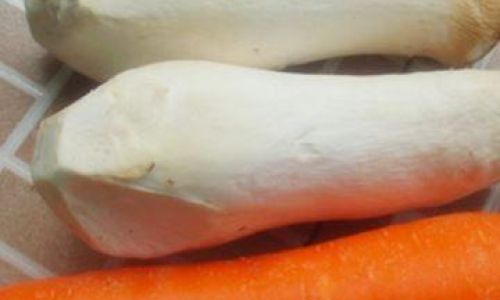
The Case for Blanching: Benefits and Drawbacks
Blanching—briefly boiling vegetables before shocking them in ice water—is a technique rooted in classical cooking. For oyster mushrooms, proponents argue it offers several advantages:
-
Texture Refinement: Blanching softens the mushrooms’ fibrous cells, creating a more tender bite. This can be particularly beneficial for larger, thicker specimens, which might remain chewy if stir-fried directly.
-
Flavor Neutralization: Raw oyster mushrooms have a faint, almost metallic tang. Blanching mellows this flavor, allowing other seasonings to shine without competition.
-
Reduced Cooking Time: Pre-cooking mushrooms via blanching shortens their time in the wok, minimizing oil absorption and preventing overcooking.
-
Hygiene: Blanching kills surface bacteria and parasites, though this is less of a concern with commercially grown mushrooms.
However, blanching isn’t without its critics. Detractors highlight:
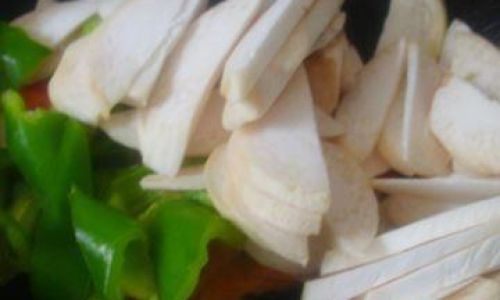
- Nutrient Loss: Water-soluble vitamins like vitamin C and B-complex compounds may leach into the blanching liquid.
- Texture Risks: Over-blanching can turn mushrooms mushy, erasing their natural springiness.
- Flavor Dilution: Excessive moisture from blanching may dilute the mushrooms’ earthy essence, requiring more seasoning to compensate.
The Case Against Blanching: Direct Stir-Frying
Many chefs advocate skipping blanching entirely, arguing that stir-frying oyster mushrooms directly yields superior results. Here’s why:
-
Enhanced Maillard Reaction: High-heat stir-frying promotes caramelization, creating a rich, nutty flavor through the Maillard reaction. Blanching’s moisture can inhibit this process, leading to less complex taste profiles.
-
Texture Preservation: When cooked in a hot wok with minimal oil, oyster mushrooms develop a pleasing chewiness without becoming soggy. Their natural moisture evaporates quickly, concentrating their flavor.
-
Time Efficiency: Blanching adds an extra step, increasing preparation time. For quick weeknight meals, direct stir-frying is more practical.
-
Nutrient Retention: Avoiding blanching preserves water-soluble nutrients, though the difference is negligible if the blanching liquid is repurposed (e.g., in soups or sauces).
Expert Opinions: A Culinary Spectrum
The debate extends beyond home kitchens. Renowned chefs and food scientists offer varied perspectives:
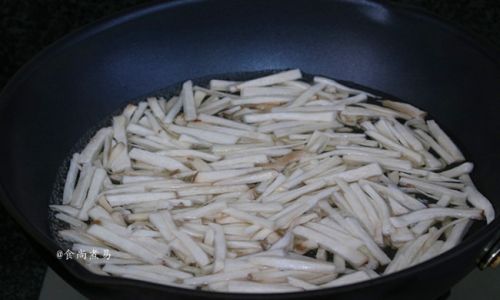
- Chinese Cuisine: In traditional Cantonese stir-fries, blanching is uncommon. Chefs like Grace Young emphasize high-heat searing to lock in flavor and texture.
- Modernist Techniques: Some fusion chefs blanch mushrooms to pre-gelatinize starches, creating a crispier exterior when stir-fried later—a method popularized by molecular gastronomy.
- Nutritionists: While blanching reduces vitamin C, the loss is minimal compared to boiling. They often recommend quick blanching (under 1 minute) to balance nutrition and texture.
A Step-by-Step Guide to Stir-Frying Oyster Mushrooms
Regardless of blanching preference, mastering the stir-fry technique is paramount. Here’s a breakdown of both methods:
Method 1: Without Blanching
-
Preparation:
- Trim tough stems if necessary (though oyster mushroom stems are edible and tender).
- Tear mushrooms into bite-sized pieces for even cooking.
-
Wok Preparation:
- Heat a carbon-steel wok over high heat until smoking.
- Add 1–2 tablespoons of oil (peanut, vegetable, or sesame).
-
Stir-Frying:
- Toss mushrooms into the wok with minced garlic and ginger.
- Stir vigorously for 3–4 minutes until golden brown.
- Season with soy sauce, oyster sauce, or a splash of rice wine.
- Finish with a garnish of scallions or cilantro.
Method 2: With Blanching
-
Blanching:
- Bring a pot of salted water to a rolling boil.
- Add mushrooms and blanch for 30–45 seconds.
- Immediately transfer to an ice bath to halt cooking.
- Drain thoroughly and pat dry with paper towels.
-
Stir-Frying:
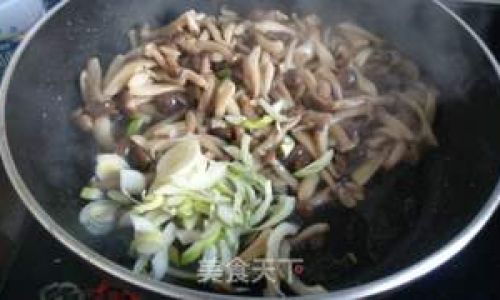
- Follow the same wok preparation as above.
- Cook blanched mushrooms for 2–3 minutes, as they require less time to heat through.
- Season lightly, as blanching may have already mellowed their flavor.
Flavor Pairings and Seasonings
Oyster mushrooms’ neutral canvas makes them ideal for experimentation. Pair them with:
- Aromatics: Garlic, ginger, shallots, or lemongrass.
- Spices: Sichuan peppercorns, chili flakes, or cumin.
- Sauces: Black bean sauce, hoisin, or a drizzle of balsamic reduction.
- Add-Ins: Bell peppers, snap peas, or tofu for texture contrast.
Common Mistakes to Avoid
- Overcrowding the Wok: This steam-cooks mushrooms instead of searing them, leading to sogginess.
- Insufficient Heat: A lukewarm wok fails to evaporate moisture quickly, resulting in a watery dish.
- Over-Seasoning: Blanched mushrooms require less salt, as their natural flavors are already tamed.
- Skipping Pat-Drying: After blanching, excess moisture can turn a stir-fry into a braise.
Nutritional Considerations
Oyster mushrooms are low in calories (approx. 33 calories per cup) and rich in:
- Beta-glucans: Compounds linked to immune support and cholesterol reduction.
- Vitamin D: Especially when exposed to UV light during cultivation.
- Antioxidants: Such as ergothioneine, which combats oxidative stress.
Blanching slightly reduces vitamin C content but preserves most nutrients. For maximal benefits, consume both blanched and raw preparations.
Conclusion: To Blanch or Not to Blanch?
The answer hinges on personal preference and desired outcomes. Blanching suits those seeking a tender texture, reduced cooking time, or a blank canvas for bold flavors. Direct stir-frying appeals to purists who relish caramelization and unadulterated mushroom essence.
Ultimately, experimentation is key. Try both methods to discern which aligns with your palate. Whether blanched or not, oyster mushrooms remain a culinary chameleon, elevating stir-fries with their unique charm. So grab your wok, fire up the stove, and let the sizzle begin—your perfect plate awaits.



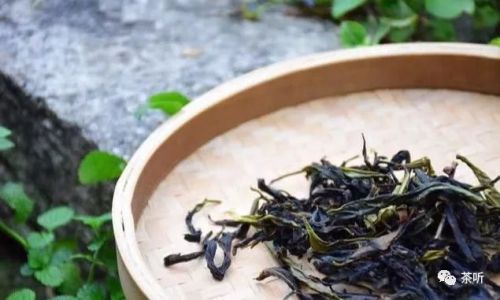
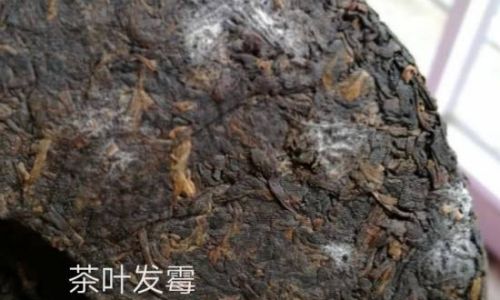
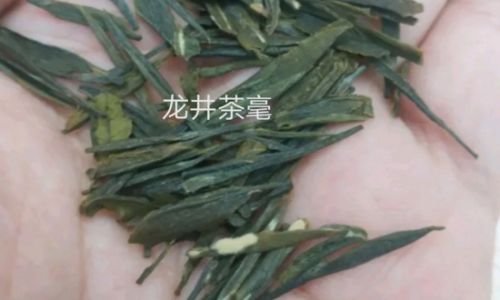
0 comments